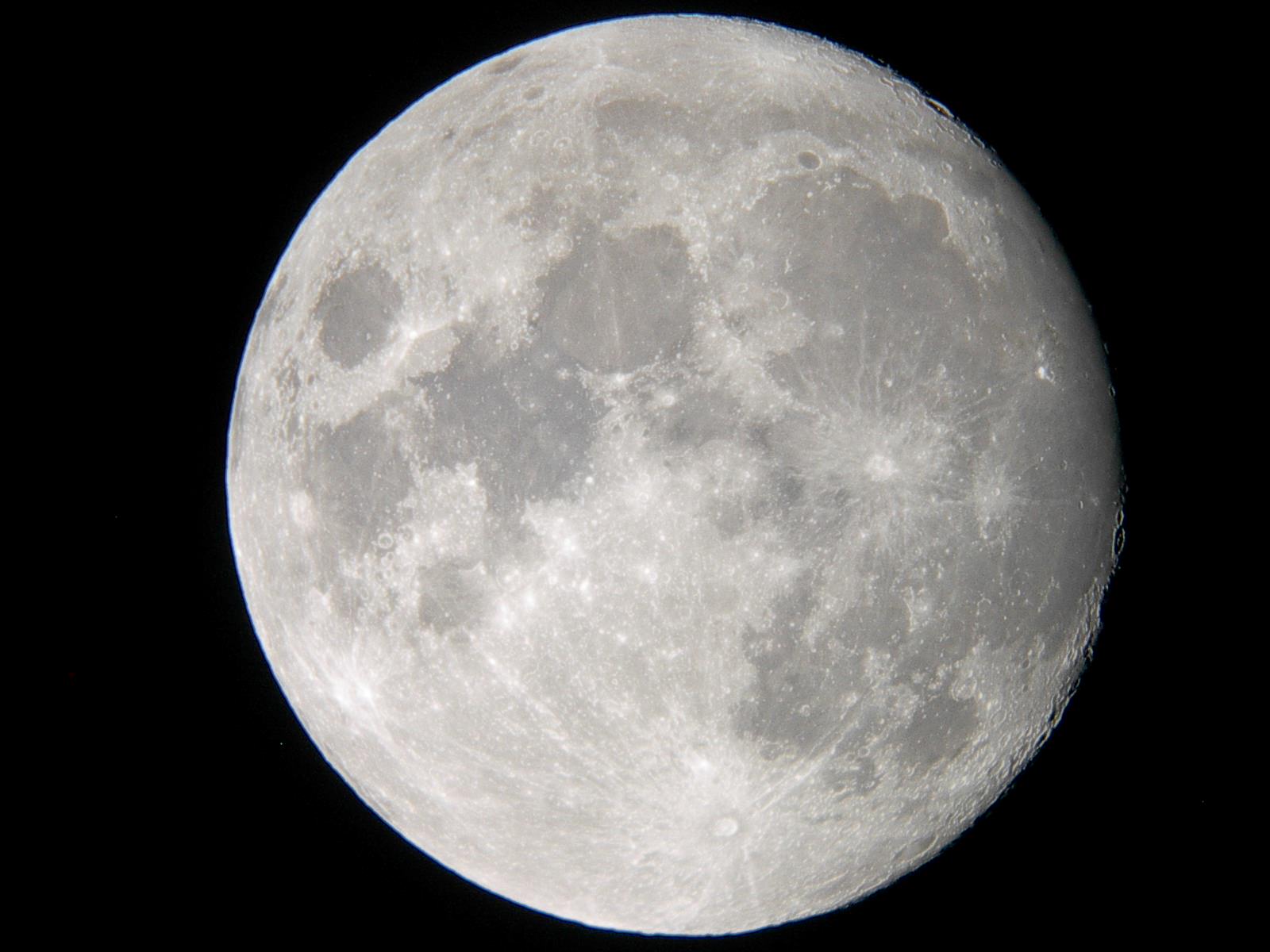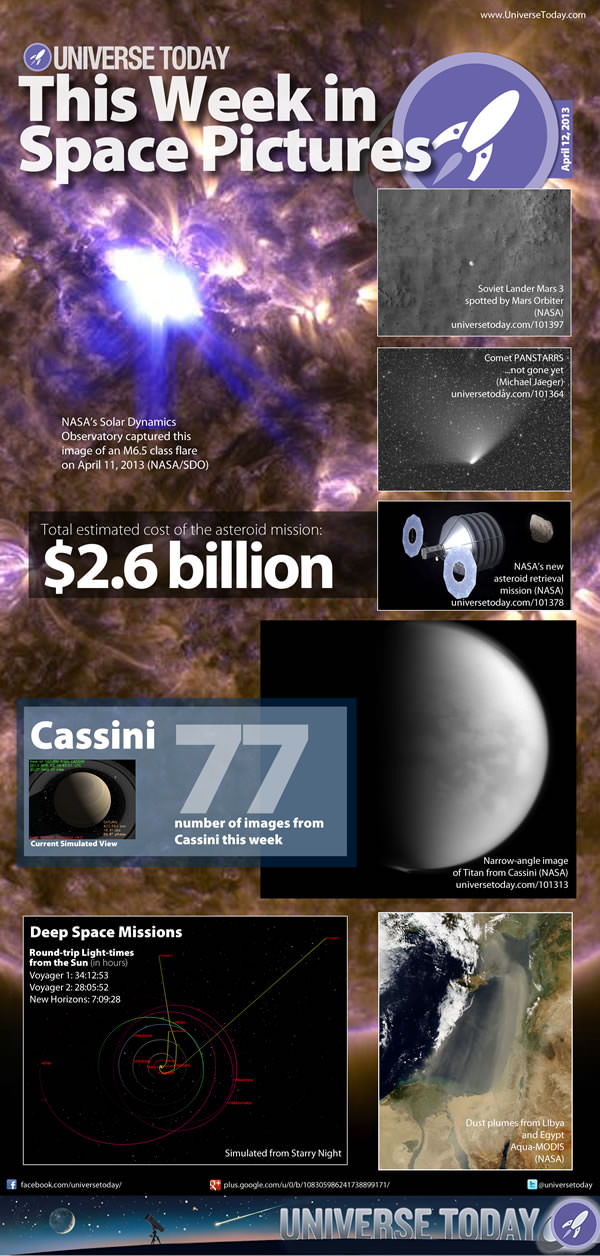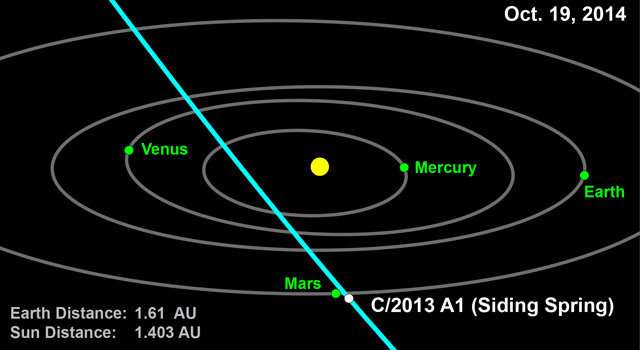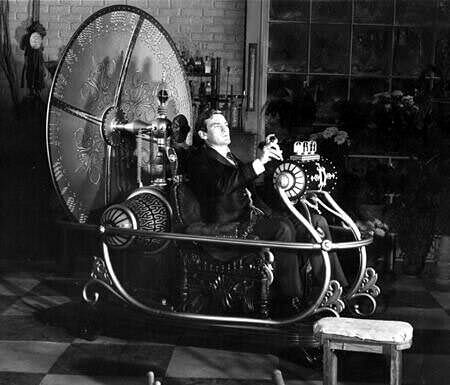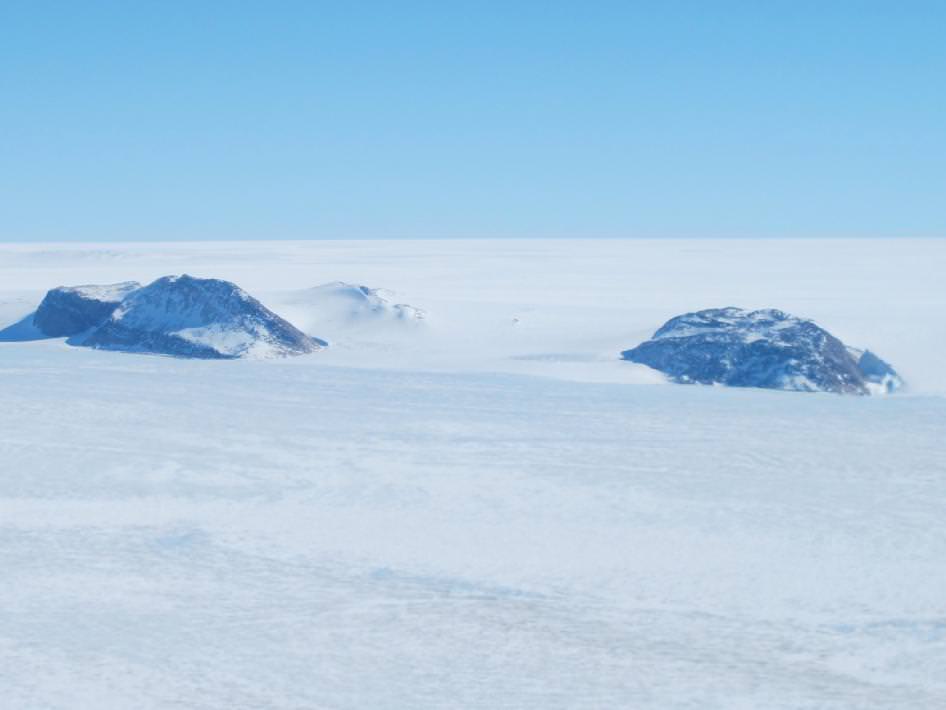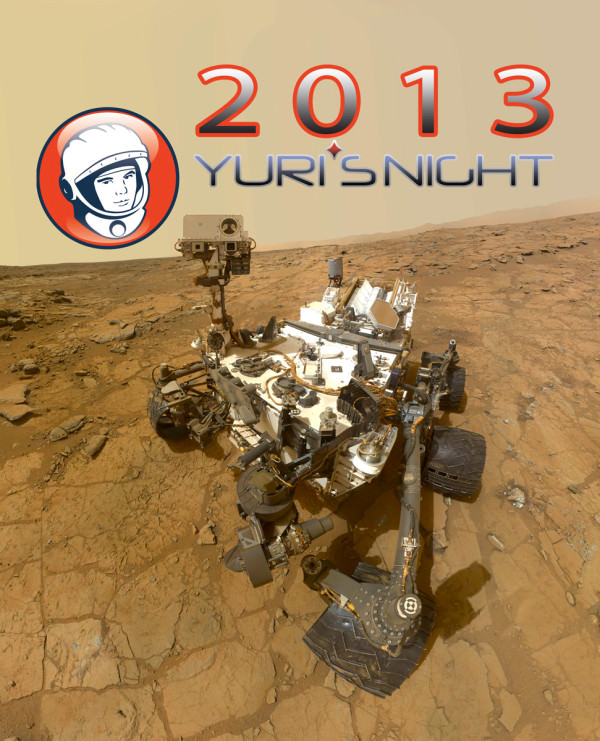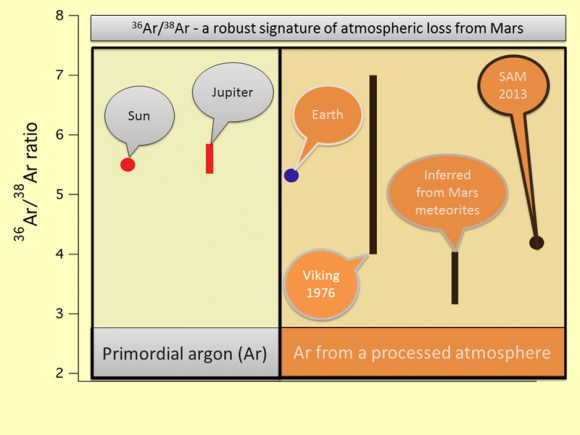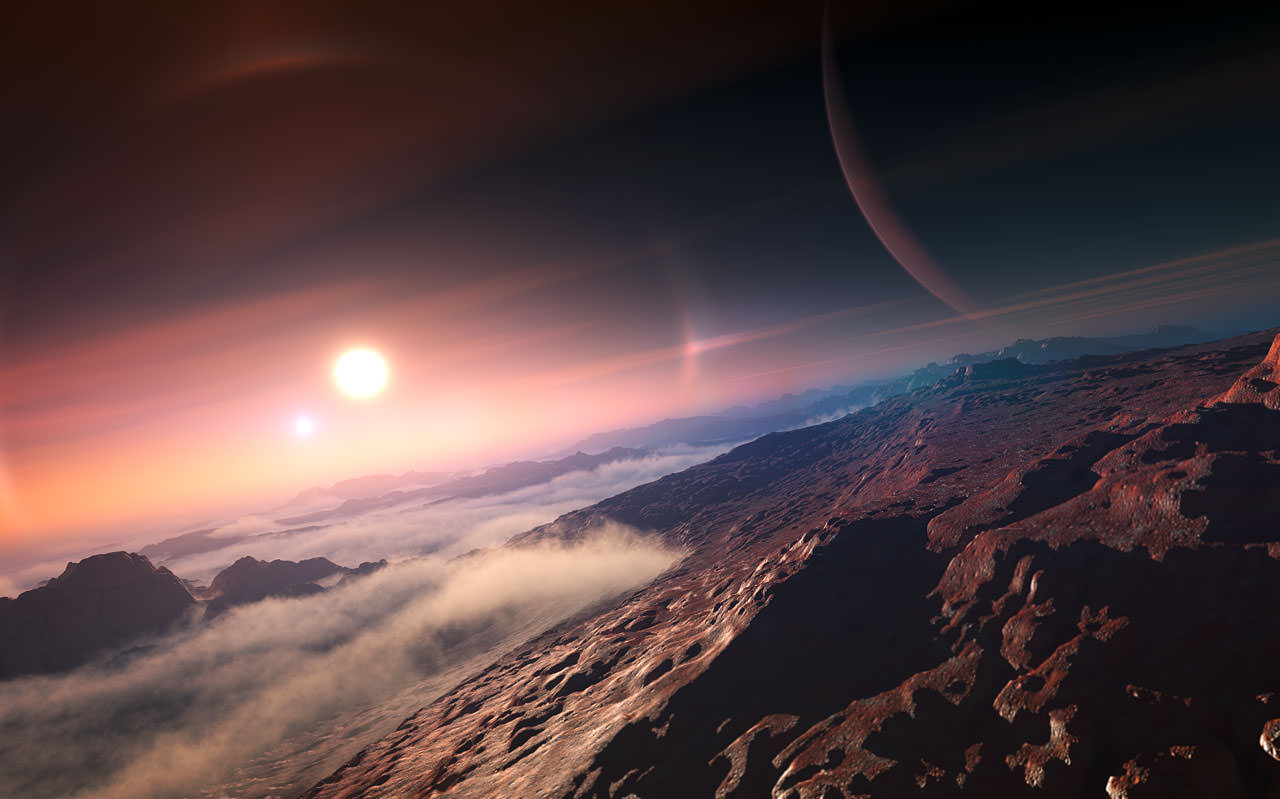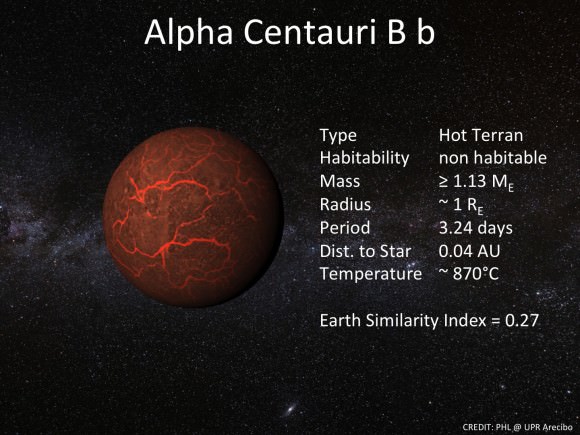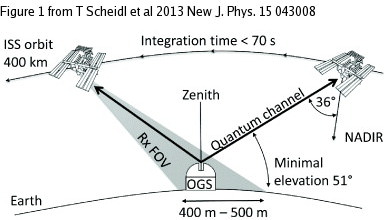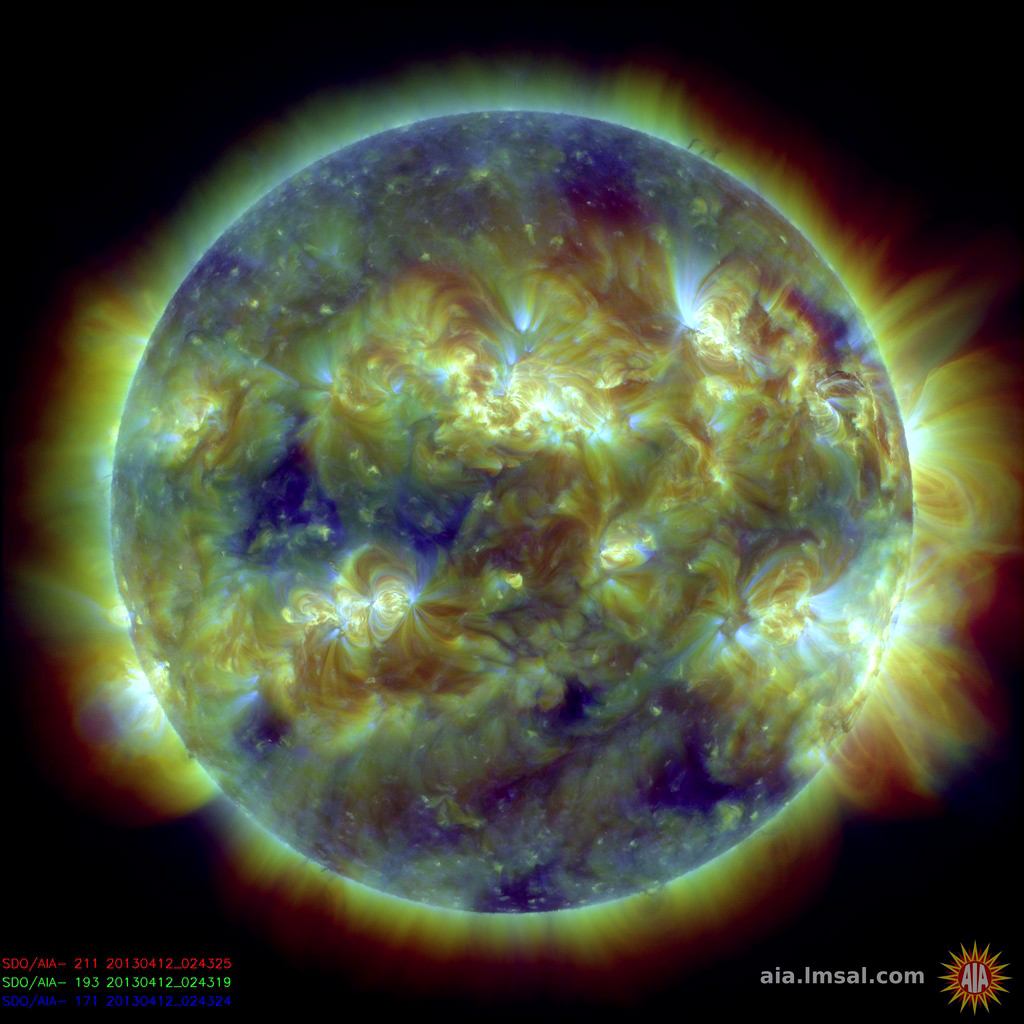A key mystery in observational lunar astronomy may be at least partially resolved.
An interesting study appeared recently in the British Astronomical Association’s (BAA) March 2013 edition of their Lunar Section Circular. The study is one of the most comprehensive looks at possible connections between Transient Lunar Phenomena and the Solar Cycle.
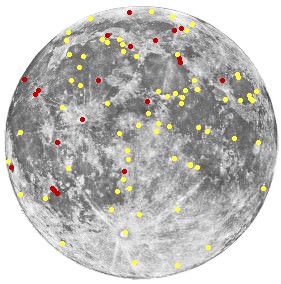
Transient Lunar Phenomena (or TLPs) are observations collected over the years of flashes or glows on the Moon. Since these phenomena often rely on a report made by a solitary observer, they have been very sparsely studied.
The term itself was coined by Sir Patrick Moore in 1968. One of the very earliest reports of a TLP event was the flash seen on the dark limb of the waxing crescent Moon by Canterbury monks in 1178.
Other reports, such as a daylight “star near of the daytime crescent Moon” seen by the residents of Saint-Denis, France on January 13, 1589 was almost certainly a close conjunction of the planet Venus. Bright planets such as Venus can be easily seen next to the Moon in the daytime.
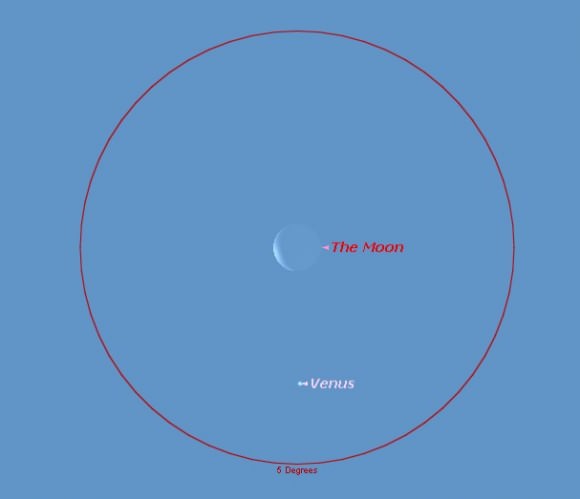
A stunning illusion also occurs when the Moon occults, or passes in front of a bright star or planet. In fact, there’s a name for this psychological phenomenon of a bright star seeming to “hang” between the horns of the Moon just prior to an occultation, known as the Coleridge Effect. This takes its name from a line in Coleridge’s Rime of the Ancient Mariner;
“Till clomb above the eastern bar, the horned Moon with one bright star,
Within nether tip.”
Okay, we’ve never seen the “horned Moon clomb,” either. But this does describe a real illusion often seen during an occultation. The mind thinks that gap between the horns of the Moon should be transparent, and the lingering planet or star seems to cross that space on the dark limb, if only for a second. Incidentally, South American residents will get to check this out during the next occultation of Venus this year on September 8th.
So, what does this have to do with the 11-year solar cycle? Well, when you strip away many of the dubious observations of TLPs over the years, a core of well- documented events described by seasoned observers remains. Anyone who has sketched such a complex object as the Moon realizes that fine detail becomes apparent on scrutiny that may be missed in a casual glance. But one persistent assertion that has gone around the astronomical community for years is that an increase in the number of TLP events is linked to the peak of the solar cycle.
This was first suggested in 1945 by H. Percy Wilkins. A later study by Barbara Middlehurst in 1966 disproved the idea, citing no statistical correlation between sunspot activity and TLPs.
Of course, pundits have tried unsuccessfully to link the solar cycle to just about everything, from earthquakes to human activity to booms and busts of the stock market. Most flashes on the dark limb of the Moon are suspected to be meteorite impacts. In fact, the advent of high-speed photography has been able to reveal evidence for lunar strikes during intense meteor showers such as the Leonids and Geminids.
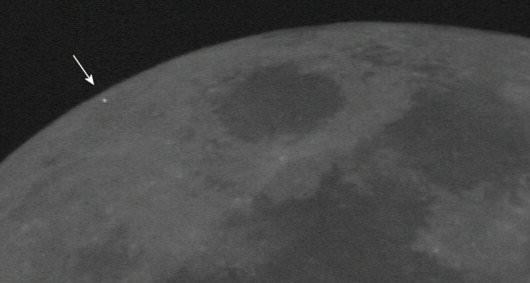
What’s at little less clear are the source of luminous “hazes” or “glows” noted by observers. Keep in mind; we’re talking subtle effects noted after meticulous study. NASA even commissioned a study of TLPs named Project Moon-Blink during the early Apollo program. About a third of TLP events have been observed near the bright crater Aristarchus. Researchers even managed to get Neil Armstrong to make an observation of the crater during a pass on Apollo 11. He noted that “there’s an area that is considerably more illuminated than the surrounding area. It seems to have a slight amount of fluorescence.”
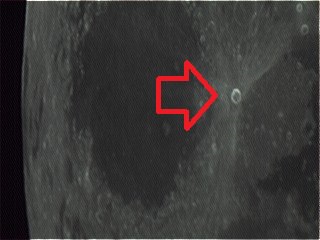
But what’s interesting in the recent BAA study conducted by Jill Scambler is the amount of data that was available. The study was a comprehensive analysis of TLPs noted by the BAA, the Association of Lunar and Planetary Observers (ALPO) and NASA from 1700 to 2010. Observations were weighted from 1 to 5, with 1 for reports from inexperienced observers to 5 for definitive and unambiguous TLP events.
The periodogram analysis comparing the frequency of TLPs with the sunspot cycle utilized a tool available from NASA’s Exoplanet Database to evaluate the data. If there was any mechanism whereby TLPs were being generated by solar activity, it had been suggested previously by Wilkins that perhaps out-gassing was being caused be solar irradiation or lunar dust was becoming electrostatically charged and suspended.
In fact, Surveyor 7 witnessed such a phenomenon during lunar twilight. To date, no human has witnessed a sunrise or sunset from the surface of the Moon, although astronauts witnessed several from lunar orbit.
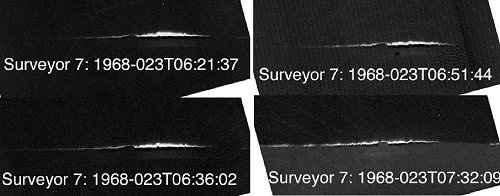
The final conclusion of the BAA study cites that “Although there are theories that might infer that TLP would be more frequent during solar activity, from a sunspot cycle perspective there is no evidence to support this.”
The report provides an interesting perspective on the topic, especially with solar cycle 24 peaking over the next year. It also seems that reports of TLPs have declined in past decades. One of the most famous examples was the flash imaged on the Moon (thought to be a Leonid) by Leon Stuart in 1953. But in the modern era of astrophotography with the Moon under nearly continuous scrutiny, where are all the images of TLPs?
Granted, a core number (2%) of events suggest evidence of real activity on a Moon that we most often think of as geologically dead. As for the spurious sightings, it helps to recall the number of “sightings” in the 19th century of Vulcan transiting the face of the Sun. Where is Vulcan today, with the Sun being monitored around the clock?
We’re not immune to this sort of “echo effect” in the modern world of astronomy, either. For example, whenever an impact scar or flash is noted on Jupiter, as occurred in 2009 and 2012, other sightings are “seen” throughout the solar system. A similar psychological phenomenon occurred when Comet Holmes brightened in 2007. For a time, reports flying around the Internet suggested many comets where suddenly increasing in brightness!
It also interesting to note that many features such as Aristarchus and Ina Caldera also have a high brightness or albedo. Although the Full Moon seems pearly white, the albedo of the Moon is actually quite low at (13%), about that of worn asphalt. Bright ejecta and rays tend to stand out, especially approaching a Full Moon, such as occurs on May 25th.
You can even enhance the saturation of those lunar pics to bring out subtle color and reveal that the Moon isn’t as monochromatic as it appears to the naked eye;
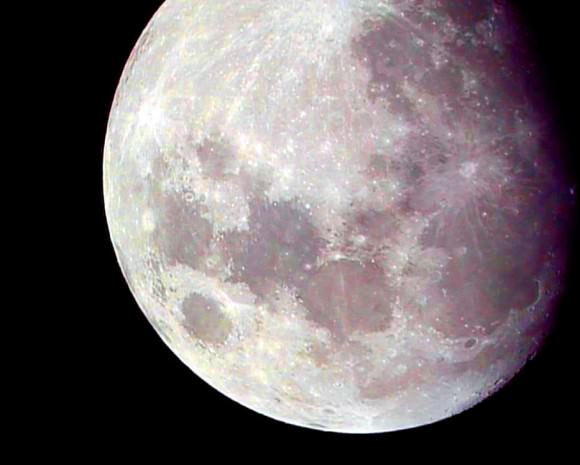
Kudos to the team at the BAA for casting a critical scientific eye on a little studied phenomenon. Perhaps missions such as the Lunar Atmosphere and Dust Environment Explorer (LADEE) departing for the Moon this summer will shed more light on the curious nature of Transient Lunar Phenomena.
-The study can be read in the March 2013 edition of the British Astronomical Association’s Lunar Section Circular available as a free pdf.

